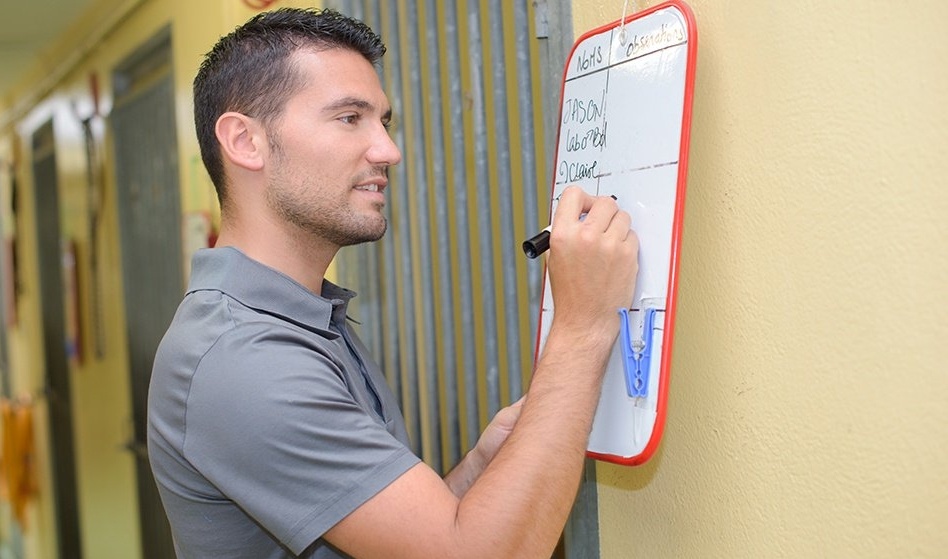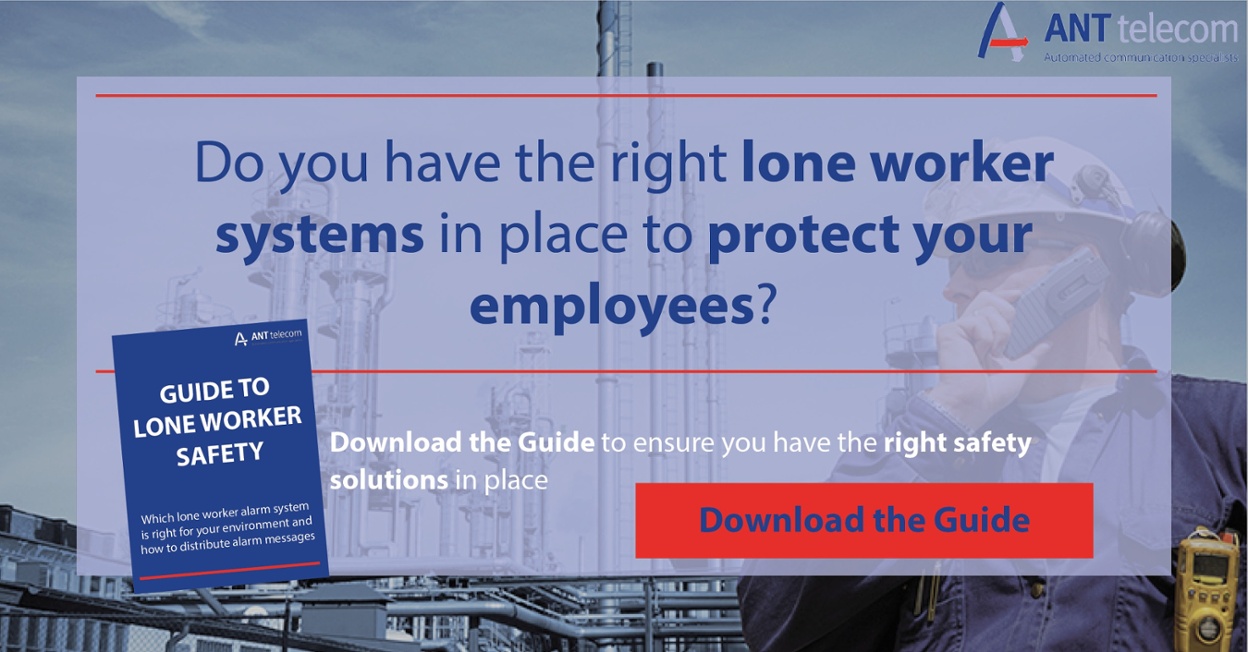
Strong health and safety management is an important factor for most businesses and organisations. Ensuring that each member of staff is safe when at work can be a difficult task to manage. However, with the right techniques, communicative means, and the utilisation of modern technology, efficient and effective management can be a lot easier to achieve. Keeping track of staff is a challenge that many businesses face, but monitoring is a key aspect in the maintenance of a safe working environment.
Whiteboards Are Outdated and Ineffective
Many businesses and organisations utilise whiteboards to monitor their staff. Council workers and those working in the care sector are often required to record their movements on a whiteboard when they leave the office to attend meetings and see their clients. This practice helps colleagues easily see where others are, and who is and isn’t available at any given moment during the day or week. Team leaders can also easily refer to the whiteboard and allocate tasks to those that are available. From a team and task allocation perspective, whiteboards are an effective tool to manage teams.
However, many businesses and organisations that utilise whiteboards in this way, also use it as a method to keep staff safe, especially those working alone. The practice of detailing team members movements on the whiteboard remains the same, the only part that differs comes at the end of the day when staff’s whereabouts are removed from the board or replaced by the term “home.” This way, the team leader can quickly see which members of the team are accounted for and are safe at home from those that are potentially at risk.
Though this sounds like a simple but effective method of keeping staff safe, and far better than doing nothing, there are a number of issues with this method of monitoring.
Firstly, the process is reliant on the team keeping their status up to date on the whiteboard. However, with many employees and managers struggling to meet business needs, updating the whiteboard may get overshadowed by other tasks.
From a safety perspective, whiteboards do not allow for the continuous monitoring of staff. This means that a staff member can be missing for a substantial period of time before anybody notices.
Although co-workers may become concerned when their colleague appears to be missing, certain positions allow for flexible working, or require staff to respond to call-outs/ travel to other locations, so a missing staff member can easily go unnoticed. Furthermore, any lone worker that doesn't usually work alongside others can easily be forgotten about. If a lone worker only comes into contact with other workers at the beginning/ end of their shift to log their attendance on a whiteboard, an entire working day can go by where they have no contact with others.
Key Issues
Managers and team leaders are often required to make phone calls to workers at the end of each day to ensure they are safe. In some organisations, there can be a number of different whiteboards that cover different staff members. This means that there can be several different teams keeping the whiteboards up to date and several managers having to make calls at the end of the shift to check up on staff. This is not only inefficient in terms of the financial cost for staffing and phone calls, but also means hours can pass before anybody is aware that an emergency has occurred.
Regardless of the industry that the business caters to, whiteboards are often used to monitor staff that are required to make house calls. This means that the safety of staff is often reliant on a whiteboard record, particularly if they are in a rural area with no phone signal and means to communicate any issues back to the office. Furthermore, if staff are involved in an accident they may also be unable to make a call if they are knocked unconscious.
Whiteboards are a useful addition to a monitoring plan but should not be used solely for monitoring without another reliable and efficient monitoring solution also in place.
Potential Lone Worker Hazards
Lone worker hazards should be an important consideration when formulating a health and safety plan that incorporates lone workers. The identification of lone workers can also be an issue that many managers fail to consider. In an office environment, it can be easy to misidentify lone workers, as office staff usually work alongside others. However, some office workers may be assigned tasks that require them to work alone for short periods of time, but still spend the majority of their working day alongside others. Many office workers are also required to travel between locations to attend meetings, and accidents can occur during this time such as trips/falls or sudden medical emergencies.
Care workers also face lone worker hazards that can easily be missed. Any care worker that is required to work one-to-one with a service user, is a lone worker. Although they will be alongside a service user and not entirely alone, they are still working alone. Many care workers that provide one-to-one care do so in the homes of service users, or in large residential care buildings with little (to no) contact with their co-workers. A one-to-one care worker can often be required to work night shifts where they must stay awake while the service user sleeps, to respond to any emergency that may occur during the night. This means that if during this time, the care worker has an accident or is unable to contact anyone for help, even the service user will be unaware of it. In addition to this, care workers are often required to provide one-to-one care to service users with behavioural issues, a history of violent crime or other needs that may lead to the worker being injured by the service user. In these instances, it can be very difficult for the worker to make a phone call for help. . Relying on a whiteboard procedure doesn’t provide staff with enough protection as the potential problem may only become apparent at the end of the day, at which point it’s likely to be too late.
Automation Provides Reassurance for All Parties
Automated safety devices can provide reassurance for both staff and managers when it comes to ensuring lone workers are protected at work. An automated system will alert other staff members when an alarm is automatically triggered by a worker. These devices often have a panic button and tilt sensor that will automatically trigger an alarm if it detects that the wearer is in a horizontal position. The devices, which could also be an app on a smartphone, can alert other workers nearby or send an alert to a main control room. This means that the worker will receive help as quickly as possible. In addition to being a more effective solution than whiteboards, automated devices are very cost effective and both secure and robust.





